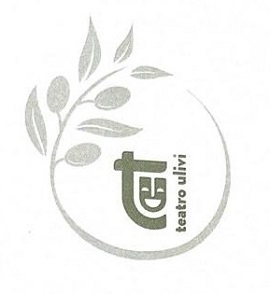Sorry for the inconvenience.
Search again what you are looking for

The Colli Euganei are a group of hills which rise isolated on the Venetian plain. No matter which way one arrives at Venice by freeway, air or sea their characteristic silhouette can be seen on the horizon. Due to peculiar soil conditions and mild Mediterranean type climate found in the south facing areas of the Colli Eugnaei, both grapes and olives have been grown here from very early times. Among the other Mediterranean plants found here are various species of wild orchids, broom and even indigenous variety of the Opuntia cactus pear. More than 30 million years ago, volcanic eruptions created the Colli Euganei by pushing up the sea floor which at that time covered the entire area of the Po River valley plain. The hills produced by this up swelling are of two types: - a steep volcanic cone which can rise to 1200 feet (600 meters) in elevation, formed by lava erupting from the sea bed. - the chalky hills created when the volcanic magma did not erupt, but merely raised the sea bed creating a lower profile, more gentle sloping formation. Thus, these two types have completely different soil characteristics. The steeper ones, created by the volcanic eruptions, have loose soils produced by the disintegrative crumbling of lava and covered by thick vegetation.The others, created only by the uplifting of the sea bed, are relatively arid, chalky outcroppings of marlstone that allow little to grow on them since they have very little top soil. This abundance of different soil conditions offers a wonderful opportunity to grow different grape varieties in conditions which allow them to express their variety character to fullest. Vignalta has followed this idea since the winery was created in 1980. At first, it was done in merely empirical fashion, noting the different characteristics of wines produced in the different soil types. Later, working with more scientific instruments, such as geological maps, leaf petiole analysis, and wine analyses from the different soil types, Vignalta refined the relationship of soil varietal compatibility. Vignalta’s knowledge of the different soil conditions in the Colli Euganei has permitted the differentiation of several special sites, or to use the French term, “cru”, among which the most important is the Vignalta vineyard of Monte Gemola, originally Known as “Gemmola” or “little jewel”, its rather loose soil produced by crumbling basaltic lava, is extremely favourable to the production of high quality Merlot. In its growth, Vignalta has increased both in size and quality from its original few hectares of land to its present size of 55 hectares (123 acres) with diverse vineyard holdings on almost all of the south facing slopes of the Colli Euganei. The vineyard manager is an expert agronomist, while the cellarmaster is Michele Montecchio, assisted by the consulting winemaker Francesco Polastri. Meticulous vineyard management produces quality fruit of nearly perfect balance which is then vivified using “minimalist” winemaking technique. Vignalta was founded in 1980. Its partners are Lucio Gomiero and Graziano Cardin. Since 1994 Vignalta is operating in the modern winery at Marlunghe, a suburb of Arquà Petrarca where the noted Renaissance poet Petrarch lived. This cellar, dug into the rock of the Colli Euganei, presents near perfect storage and ageing possibilities.
Search again what you are looking for
.png)


 - Copia.png)

 - Copia.jpg)

